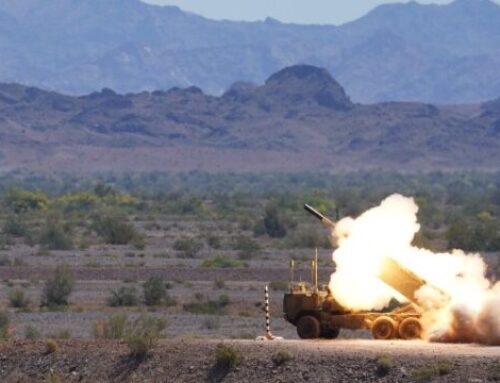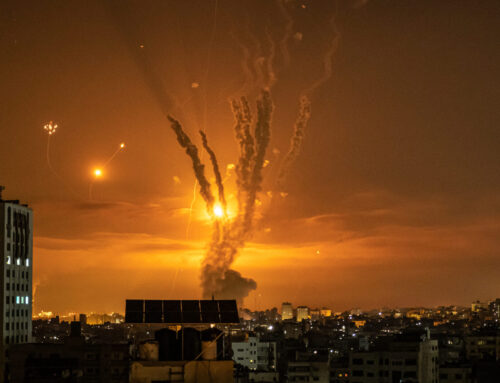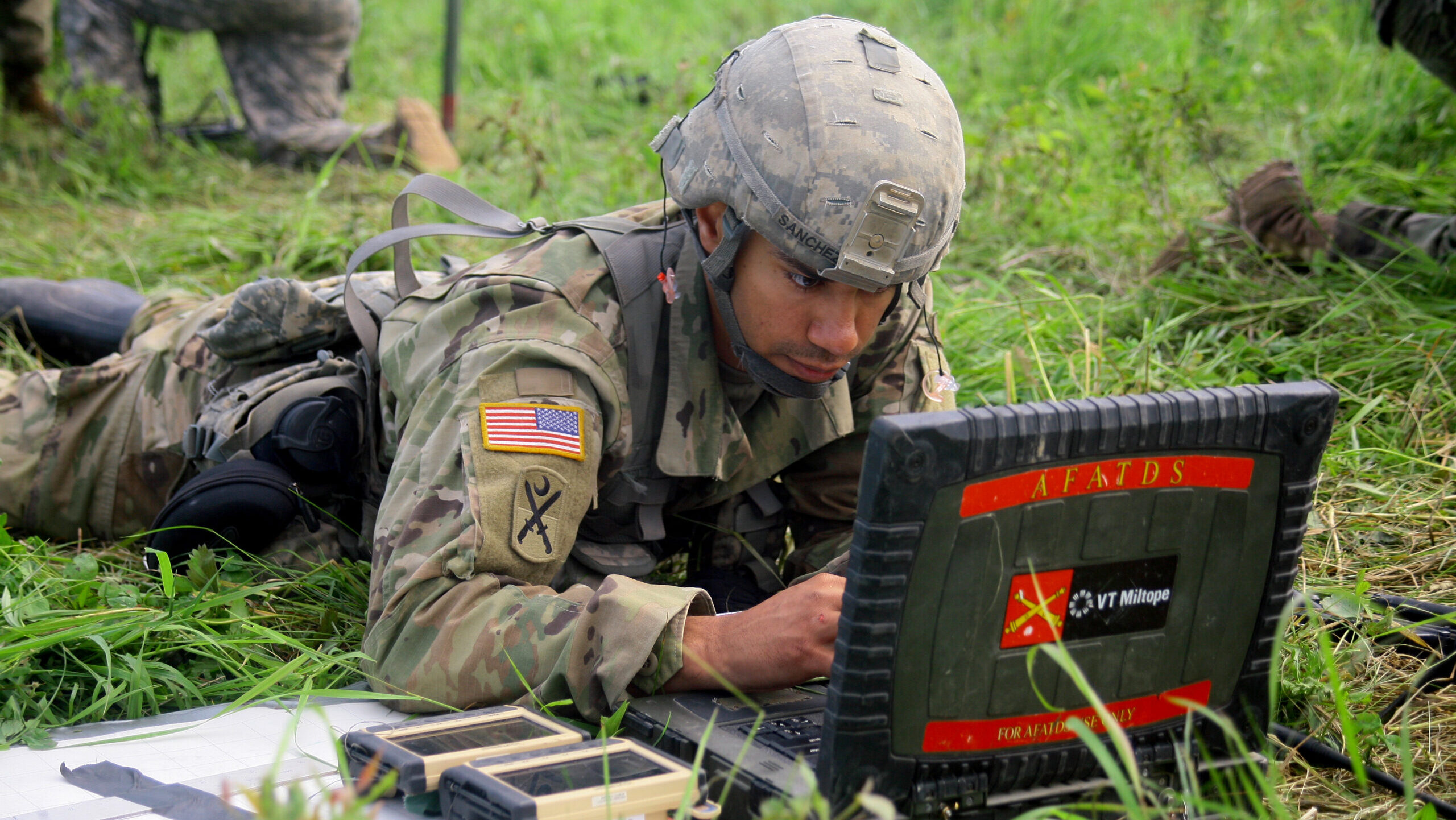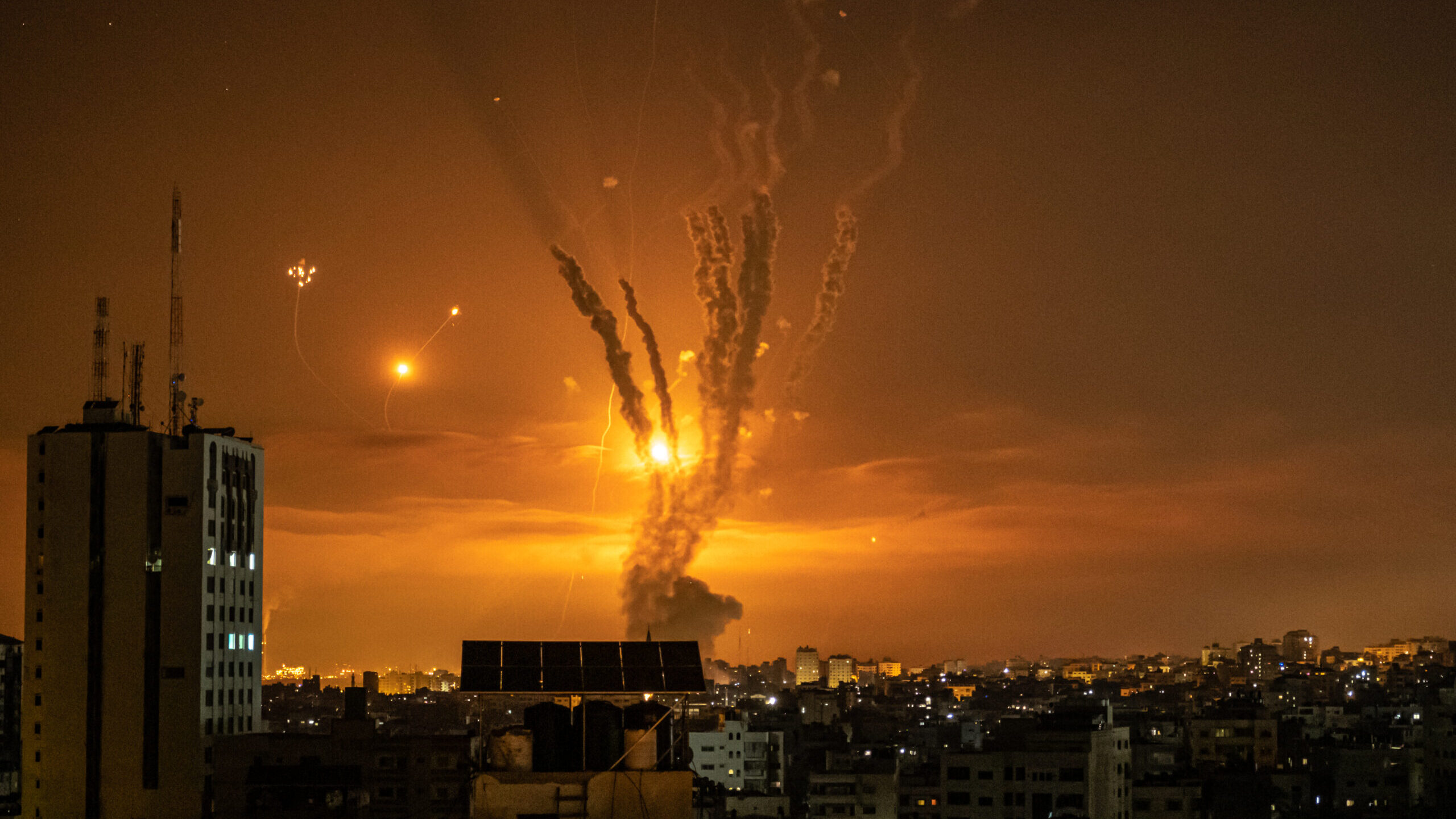GEN James E. Rainey, Commanding General, Army Futures Command, gives a special keynote presentation discussing the ‘Army of 2040’ to an eager crowd at AUSA Global Force Symposium & Exposition 2023 on May 29, 2023 in Huntsville, Alabama.
(US Army Photo by Patrick Hunter)
GLOBAL FORCE 2024 — The US Army will transform an existing cross-functional team (CFT) into an “all-domain sensing” one but will keep the workforce in Huntsville, Ala., according to Army Futures Command head Gen. James Rainey.
“The changes we’re making to the CFTs are about capitalizing on success,” the four-star general told reporters today at Global Force 2024.
Earlier this month service Chief Gen. Randy George first announced the establishment of the new CFT, and today Rainey began filling in the gaps including the new name: All-Domain Sensing. The plan, he said, is to transform the Assured Positioning Navigation & Timing Cross Functional Team (APNT CFT) into this new team and, by and large, keep the same workforce in place. However, there service will create a handful of billets based in Washington, DC.
“The APNT CFT did what we asked them to do, solved the very hard problem and that is transitioning to [project managers] and [program executive officers] now. So, that created some headspace,” Rainey explained.
As such, the Army has already declared the All-Domain Sensing CFT at initial operational capability with plans to be fully operational by October. The team is tasked with focusing on several key areas including: working on the sensing architecture, processing and dissemination, and utilizing more artificial intelligence and machine learning to assistant humans.
As an Army release today said, the new team “supports synchronization and optimization of intelligence collection, processing/dissemination activities and sensor-to-shooter activities.”
“The Army must be able to see as far as it can shoot, see after it shoots, access machine-speed analytics to make informed decisions and understand the impacts of multiple effects on the battlefield,” the release said.
Rainey said the team’s “initial focus areas [will be] multi-domain sensor dominance, which is our way of saying, ‘We found ourselves in a situation where we actually don’t have a sensing problem, we have a problem doing something with all the sensing that’s happening. [It’s a] problem across the joint force.”
“The Army cannot continue to build human analysts to keep up with the amount of data, we’ve got to bring in AI, machine learning… . How do we take 1,000 pictures that might be a tank and get it down to 10 or 100?” he later added.











